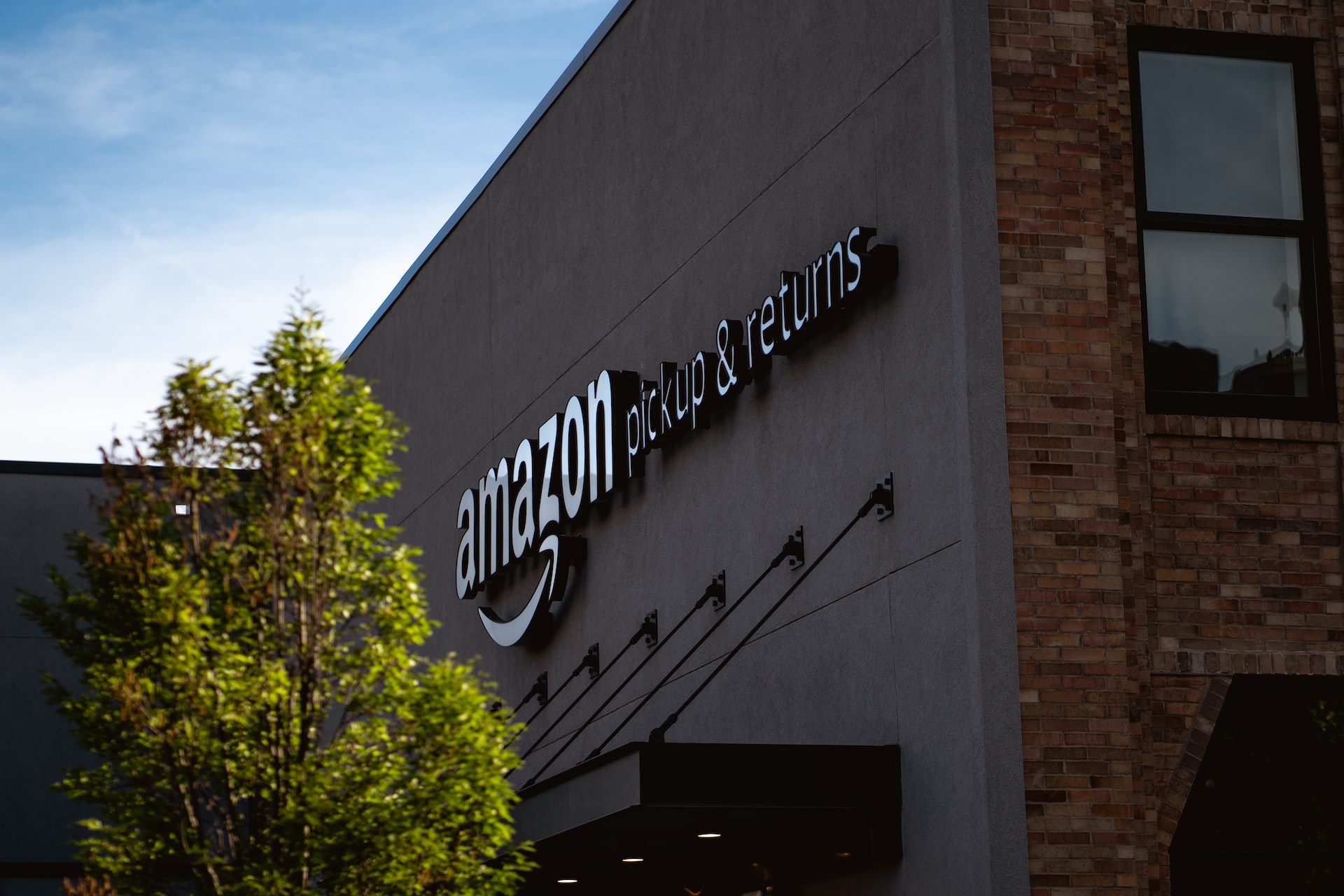In late January, GameStop stock prices soared in what is likely the most famous short squeeze in recent memory.
Now, more than a month later, GameStop Corp. (GME) continues to fluctuate wildly. After crashing to a little more than $50 in early February, the stock’s price is surging again. That rise is likely due to the end of a trading freeze from retail trading apps like Robinhood.
GME’s Initial Rally
After an incredible rise and fall toward the end of January, GME prices are increasing again.
The initial rise began in early January 2021 as part of a coordinated effort by small-dollar retail investors. They were looking to take advantage of stocks like GME, which was heavily shorted at the time. This meant big investors, like hedge funds, had effectively bet against their prices rising.
The sudden increase in GME prices led to a short squeeze. People who had invested in short options were forced to buy the stock to cover potential losses, leading to increased upward pressure on the price.
At the squeeze’s peak, GME’s premarket value had soared to more than $500 per share, up from just $17.25 at the start of the same month. The rally was also accompanied by price surges in other heavily shorted stocks, like Nokia, AMC Theatres and American Airlines.
The Controversial Freeze
The goal of the coordinated small-dollar investors was to drive the GME stock price as high as possible, forcing hedge funds to either close out their short options or lose hundreds of millions of dollars. In response, investing apps like Robinhood and Public temporarily froze trading on GME and related stocks.
The freeze blunted the momentum behind the initial squeeze, leading GameStop stock prices to crash to $53.50 on Feb. 4 — down significantly from the $500 peak but still much higher than the stock value from before the squeeze began.
The move led some to believe there was a coordinated effort to freeze retail investors out of the market because their interests were in competition with hedge funds and other large investors.
In the words of one anonymous email published on VGR, an esports and gaming news site: “For decades, Wall Street has been doing exactly what these new (retail) traders are doing, but now that others outside of the circle of wealth have access — it’s a problem.”
Concerns around the freeze soon led to a Feb. 18 congressional hearing on GameStop stock and online trading platforms, like Robinhood. The company also faces dozens of class-action lawsuits from customers who feel the freeze deprived them of their ability to freely invest in the market.
The End of the GME Freeze
On Feb. 25, Robinhood lifted restrictions on the trading of GameStop and related stocks. It led to what appears to be another, smaller short squeeze powered by retail investors.
As of March 3, GME is worth $118.70 per share, up from the low of $53.50 on Feb. 4.
So, what’s driving the new GME rally?
It may be another short squeeze — but it’s likely to be a lot smaller than the initial one. It’s because short interest in GME has heavily diminished since January. It could also be something else entirely. The rally may be due to pressure from investors wanting to take advantage of expiring stock options.
The Future of GameStop Stock
Improved access to the market, or what people call the “democratization of the marketplace,” may have laid the foundation for future events like the GameStop short squeeze. Retail investors would likely drive these events just as much as Wall Street hedge funds.
In any case, it seems likely that market volatility around these stocks, driven primarily by retail investors, may be around for much longer than analysts had expected.
Recent Stories
Follow Us On
Get the latest tech stories and news in seconds!
Sign up for our newsletter below to receive updates about technology trends




